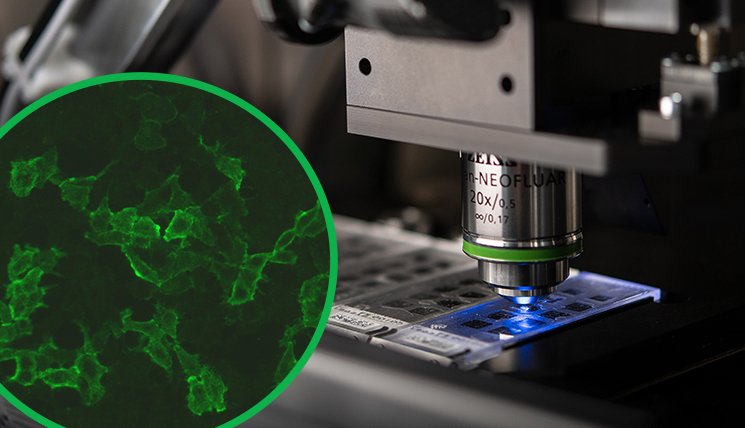Well prepared for the flu season: diagnostics in the interest of public health
Well prepared for the flu season: diagnostics in the interest of public health At regular intervals, sometimes daily, the latest influenza figures are published. National health authorities around the world collect a variety of patient data. The data are compared with each other or with data from the previous week or from the same time […]




